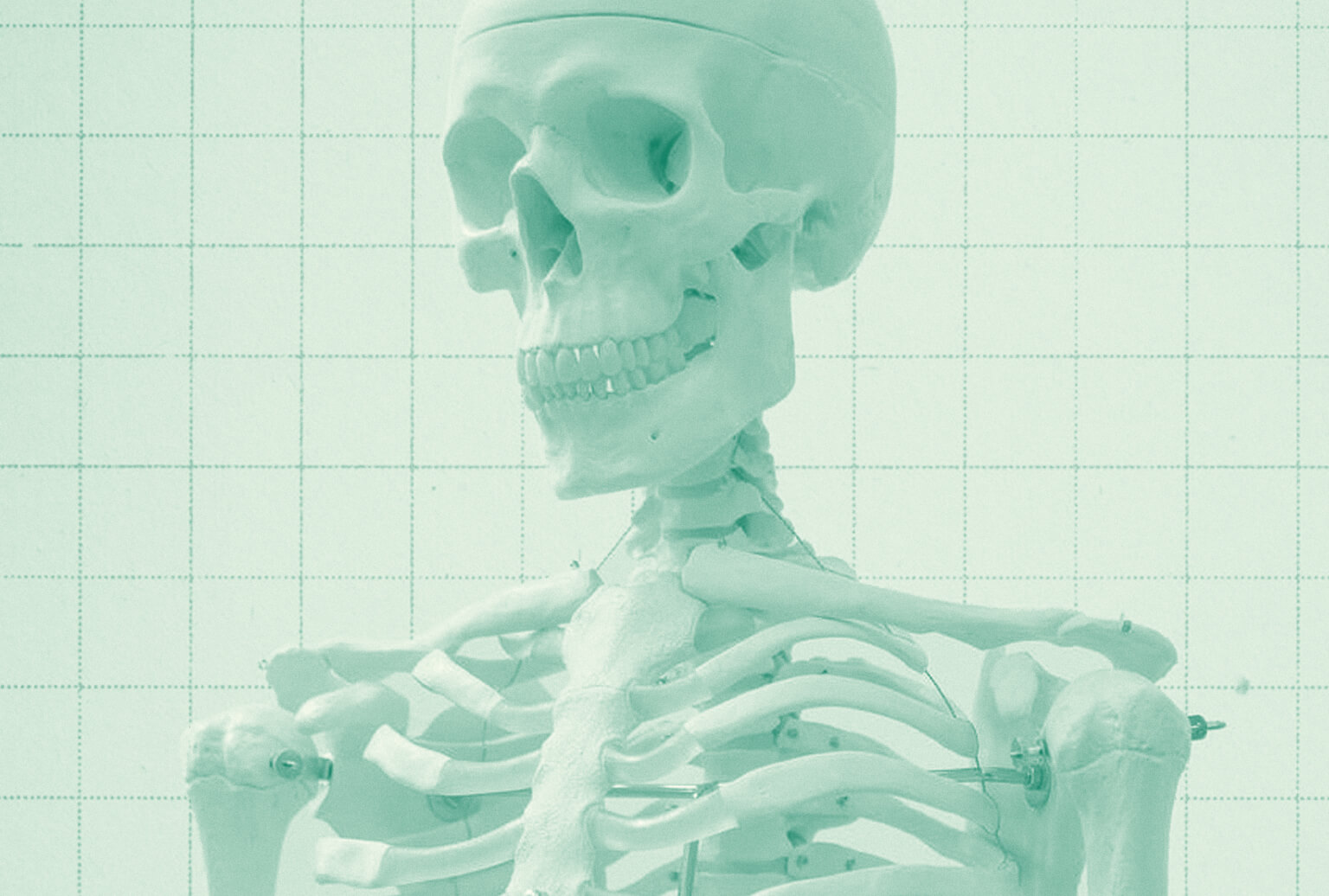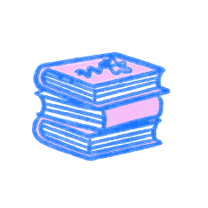If you’re interested in going to nursing school, you’ll likely be required to pass the HESI A2 exam. This test evaluates your scholastic aptitude for nursing programs and measures your overall general education. Need some HESI A2 practice for the Anatomy and Physiology section? Pocket Prep has got you covered with a sample of 10 of our HESI A2 Anatomy and Physiology practice questions. Answer the questions and then scroll down for the answers and detailed answer explanations. Check out our app for more HESI A2 A&P practice questions!
HESI A2 Anatomy and Physiology Practice Test Questions
1. What is located within epidermal cells that protect them against the sun’s radiation?
A. Sebum
B. Sebaceous glands
C. Melanin
D. Keratin
2. What happens to arteries as they get farther from the heart?
A. They get thinner
B. They get longer
C. They get thicker
D. They get shorter
3. The principal functions of which organ system are hormone production and internal communication and coordination?
A. Female reproductive system
B. Endocrine system
C. Male reproductive system
D. Integumentary system
4. The double-layered membrane that surrounds the heart is known as which of the following?
A. Septum
B. Myocardium
C. Pericardium
D. Sinoatrial node
5. Which part of the eye converts light into electrical impulses?
A. Conjunctiva
B. Macula
C. Lens
D. Retina
6. The antidiuretic hormone is produced by the posterior pituitary gland. The antidiuretic hormone does which of the following?
A. Regulates the body’s water balance
B. Controls calcium and phosphorous levels
C. Maintains healthy blood sugar levels
D. Produces estrogen and progesterone
7. Which of these is not a formed element found in whole blood?
A. Erythrocytes
B. Luteinytes
C. Platelets
D. Leukocytes
8. The lab technician was looking through a microscope at a cell sample. The cells in his sample were thin, flat, and bulged around the nucleus. Which of the following best describes the type of cell that the lab technician was viewing?
A. Stellate
B. Polygonal
C. Cuboidal
D. Squamous
9. The motor cortex helps the brain by monitoring and controlling the body’s movement. Where is the motor cortex located in the brain?
A. Front portion of the parietal lobe
B. Back of the head
C. Rear portion of the frontal lobe
D. Around the auditory cortex
10. Neutrophils, eosinophils, and basophils are white blood cells that are collectively known as granulocytes. What do neutrophils do?
A. Attack and destroy bacteria and viruses
B. Respond to histamine-releasing allergens
C. Fight against parasitic infections
D. Engulf and destroy foreign material to the body

Answers & Explanations
1. C
The skin is the largest organ in the body and consists of two layers:
Epidermis: The epidermis is the outermost protective layer made of dead, keratinized epithelial cells. The layers of the epidermis from the inner layer to the outer layer are as follows: stratum germinativum (includes stratum basale and stratum spinosum), stratum granulosum, stratum lucidum, stratum corneum
Dermis: The dermis is the underlying layer of connective tissue with blood vessels and nerve endings. The dermis rests on subcutaneous tissue that connects the skin to the superficial muscles.
Epidermal cells contain melanin, which protects against radiation from the sun.
2. A
Arteries become thinner as they get farther away from the heart. Arterioles is the name used for the smallest arteries. The arteries are responsible for carrying the blood away from the heart.
3. B
The endocrine system’s principal functions are hormone production and internal communication and coordination.
The female reproductive system’s principal functions are production of eggs, site of fertilization and fetal development, fetal nourishment, birth, lactation, and secretion of sex hormones. The male reproductive system’s principal functions are production and delivery of sperm and secretion of sex hormones. The integumentary system’s principal functions are protection, water retention, thermoregulation, vitamin D synthesis, cutaneous sensation, and nonverbal communication.
4. C
The pericardium is the double-layered membrane that surrounds the heart. The pericardium’s inner layer is attached to the heart muscle, and the pericardium’s outer layer is attached to the spinal column and diaphragm by ligaments.
The septum is the wall of muscle that divides the right and left ventricles from the right and left atria. The myocardium is the heart muscle. The sinoatrial node begins the electrical signals that cause the heart to contract.
5. D
The retina is the part of the eye that converts light into electrical impulses. The retina is composed of light-sensing cells that are found on the inside lining of the eye.
The conjunctiva is a thin layer of tissue that covers the front of the eye with the exception of the cornea. The macula provides central vision and is located within the retina. The lens helps focus light on the back of the eye.
6. A
The antidiuretic hormone regulates the body’s water balance.
The pancreas maintains healthy blood sugar levels. The parathyroid gland controls calcium and phosphorous levels. The ovaries produce estrogen and progesterone.
7. B
Luteinytes are not found in whole blood.
Whole blood consists of plasma and formed elements. The formed elements are erythrocytes (red blood cells), leukocytes (white blood cells), and platelets (for clotting).
8. D
Squamous cells are thin, flat, and often bulge around the nucleus.
Polygonal cells have four or more sides with irregularly angular shapes. Stellate cells are shaped like a star. Cuboidal cells are square shaped.
9. C
One of the areas of the brain most involved in controlling voluntary movements is the motor cortex. The motor cortex is located in the rear portion of the frontal lobe, just before the central sulcus (furrow) that separates the frontal lobe from the parietal lobe.
The sensory cortex is located in the front portion of the parietal lobe. The occipital lobe is located in the back of the head. Wernicke’s area, part of the temporal lobe, is found around the auditory cortex.
10. A
Neutrophils attack and destroy bacteria and viruses. They are also the most common granulocyte.
Eosinophils fight against parasitic infections. Basophils respond to histamine-releasing allergens. Macrophages are larger monocytes that engulf and destroy foreign material to the body.

